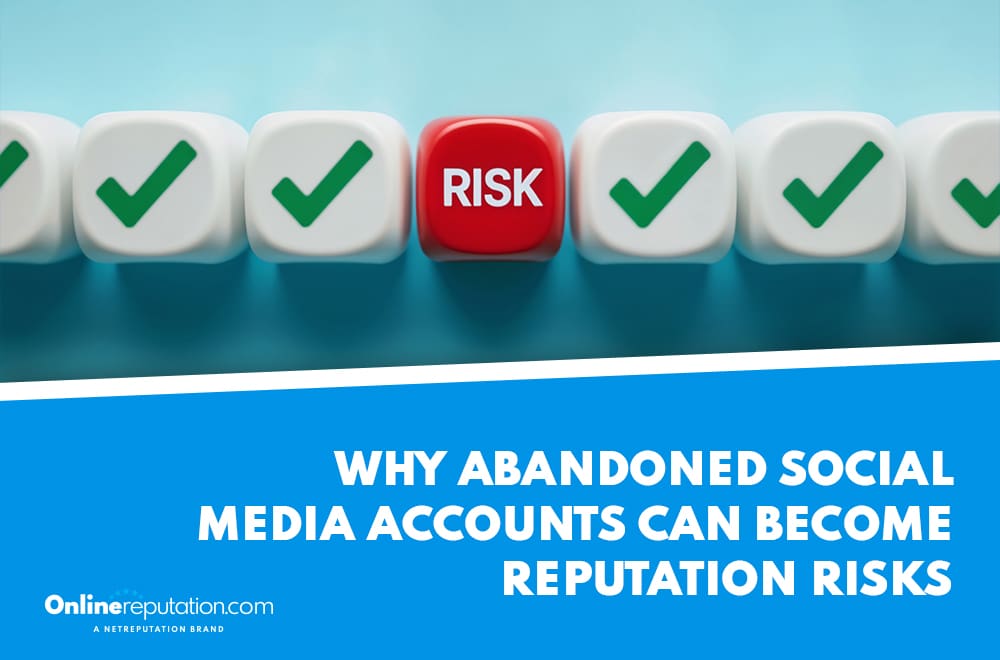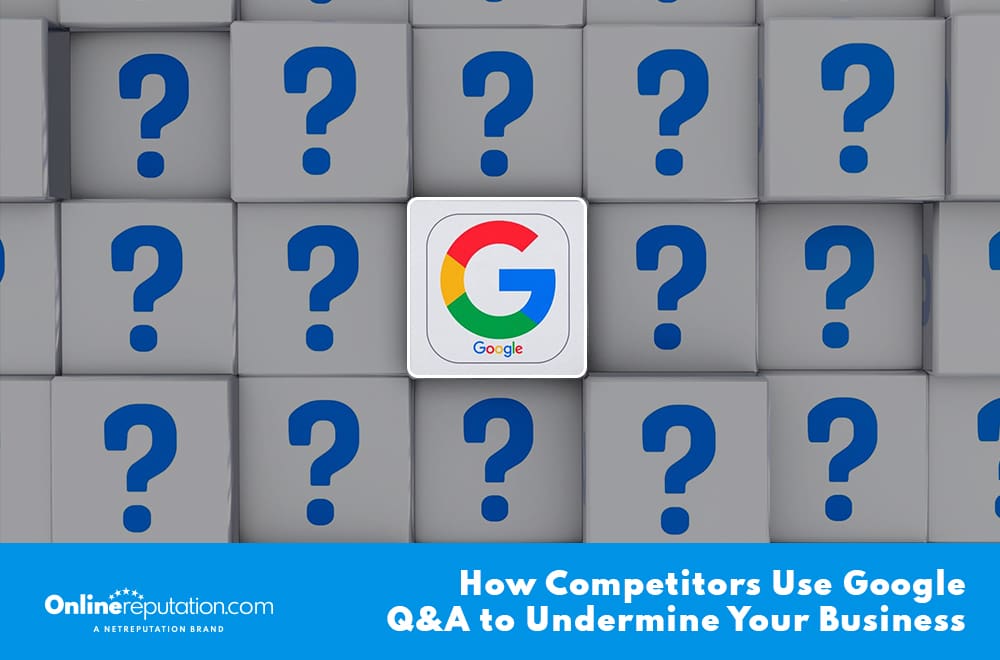
Abandoned social media accounts can harm a brand’s reputation and weaken its presence across online platforms. When a company leaves a social media platform inactive, it loses active users, real-time audience interaction, and the ability to connect with new audiences. This not only reduces the brand’s visibility but also impacts its credibility in the competitive social media space.
The Pew Research Center reports that the global population spends significant time on social networks each day. For businesses, that means every inactive account is a missed opportunity to engage, share content, and manage brand perception. Just like an unmonitored browsing history, old account information can remain visible and cause problems later, including confusion over the brand’s current offerings or messaging.
How Abandoned Accounts Affect Reputation
Dormant accounts can give the wrong impression. They may suggest a business is outdated, unresponsive, or no longer operating. This perception can grow quickly in the social media space, where millions of users expect timely engagement and fresh content. User behavior on these platforms often favors brands that are present and active, making inactivity a significant disadvantage.
Inactive profiles can also be exploited. Without monitoring, other users may post harmful user-generated content, spam, or misinformation that damages the brand. This is especially true on high-traffic platforms like Facebook, Instagram, and YouTube, which have hundreds of millions of monthly active users. Negative comments or misleading information left unchecked can go viral, amplifying the damage to the company’s reputation.
Moreover, abandoned accounts can affect search engine optimization (SEO). Search engines may still index these inactive profiles, which can lead to outdated or incorrect information appearing in search results. This can confuse potential customers and reduce trust in the brand.
Why Consistent Social Media Management Matters
A healthy presence on social platforms shows your business is active and trustworthy. Consistency helps reach younger users on Instagram and TikTok, maintain connections on LinkedIn, and stay visible on Twitter (X). These platforms have different user demographics and content formats, so tailoring your approach to each is crucial.
It also improves social media marketing results. Regular updates, clear account information, and real-time audience interaction can lead to better ad performance, higher engagement, and stronger community trust. Utilizing various ad formats available on platforms like Meta Platforms (Facebook and Instagram) can maximize reach and conversions.
Consistent management also allows businesses to create meaningful conversations with their audience, fostering loyalty and encouraging user-generated content. Brands that actively engage their followers can better determine customer needs and preferences, which informs product development and marketing strategies.
Real-World Examples
- Retailer: Left its Twitter account idle for months. Complaints piled up, unanswered, while competitors gained market share. The lack of response led to negative reviews spreading across other social media accounts and forums.
- Airline: Ignored Facebook messages about flight cancellations, fueling negative news content and bad publicity. The airline’s failure to communicate promptly led to a viral backlash, damaging its reputation for customer service.
- Fashion Brand: Stopped updating its Instagram account. Followers lost interest, and the average time spent on the brand’s content dropped sharply. This decline in engagement affected influencer partnerships and reduced the brand’s visibility in the fashion community.
In each case, neglecting social tools cost the company valuable relationships and made competitive analysis less favorable. These examples highlight how user behavior and expectations have evolved over the past few years, emphasizing the need for an active social media presence.
Signs of an Abandoned Account
You can identify inactive accounts by looking for:
- No recent posts or replies, indicating a lack of fresh content and interaction.
- Outdated account information can confuse or mislead users seeking current details.
- Declining usage and fewer interactions signal reduced audience interest.
- Missing updates on services, products, or events can make the brand appear disconnected from its market.
These red flags are easy for the public to notice — and easy for a parent company to miss if accounts aren’t tracked. Businesses should use analytics tools to monitor account activity and audience engagement regularly.
Closing or Transferring Accounts Safely
If you choose to shut down or hand over an account, it’s important to do so carefully to avoid damaging your brand or losing valuable data.
- Review the account’s history, including posts, images, and saved data, to preserve important content.
- Secure or delete sensitive details to protect user privacy and comply with data regulations.
- Notify followers if the account will be moved or closed, providing clear instructions on where to find updated information.
- Keep a record of actions taken for internal reports and future reference.
Properly managing the transition helps maintain trust and ensures ongoing access to your audience.
Preventing Abandonment
To avoid abandoned accounts, businesses should implement proactive strategies:
- Set a posting schedule to maintain regular content flow and audience engagement.
- Use social media tools to manage multiple platforms efficiently, allowing teams to monitor conversations and respond promptly.
- Assign responsibility for responding to followers to ensure no messages or comments go unanswered.
- Review accounts quarterly to ensure accuracy and relevance of information, adapting strategies based on performance statistics.
Investing in education and training for social media managers can also improve focus and effectiveness in managing accounts.
Final Thoughts
Abandoned accounts can become liabilities in the fast-moving world of social networks. They waste marketing potential, risk brand safety, and leave behind a trail of outdated content. This can negatively impact user behavior towards the brand and reduce the overall effectiveness of social media marketing efforts.
Active account management — much like keeping your browsing history organized and secure — protects your reputation, supports marketing goals, and ensures your company stays connected to its audiences across age groups, platforms, and communities. By understanding the factors that determine social media success and leveraging the right tools and strategies, businesses can create vibrant, engaged communities that drive long-term growth and trust.
You might also like
How Competitors Use Google Q&A to Undermine Your Business
Abandoned social media accounts can harm a brand’s reputation and weaken its presence across online platforms. When a company leaves …

